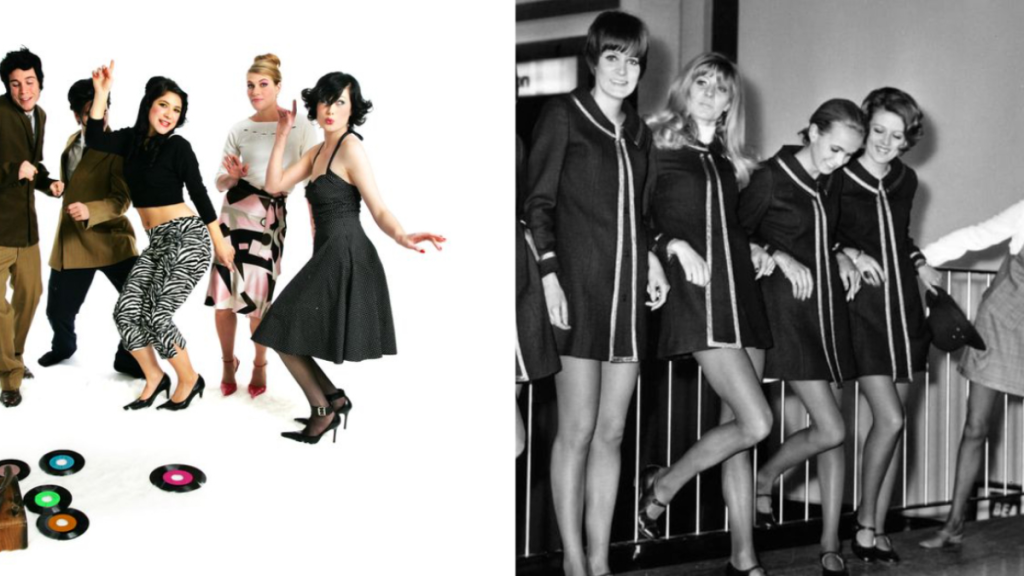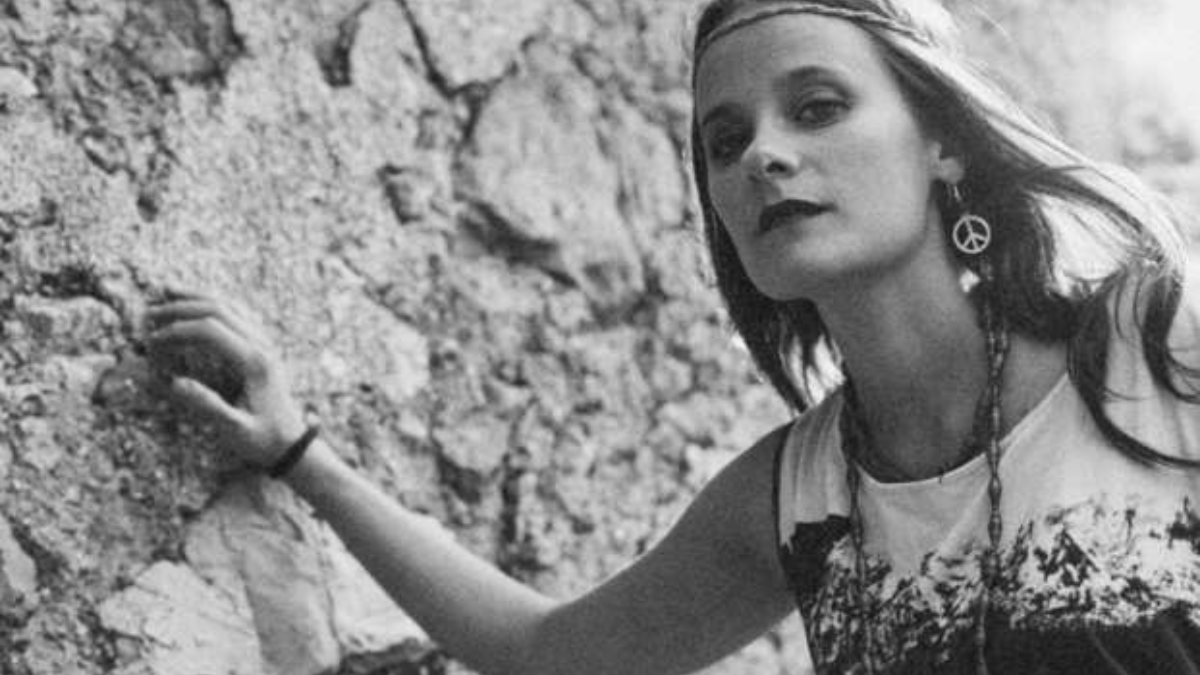The 1960s was a decade of transformation, rebellion, and unforgettable cultural shifts. From fashion to music, many of the trends from this era shaped modern pop culture. If you remember these 13 nostalgic trends, you’ve lived through a time of radical change—and you might just be officially old! Let’s take a trip down memory lane and revisit these iconic pieces of history.
1. Bell-Bottoms: The Iconic Flared Pants
No 1960s wardrobe was complete without a pair of bell-bottoms. These wide-legged pants became a fashion statement for both men and women, symbolizing free-spirited self-expression. The trend saw a resurgence in the ‘70s, and even today, designers occasionally bring back the flared look in retro-inspired collections.
2. Lava Lamps: The Ultimate Psychedelic Decor
A staple of the psychedelic era, lava lamps became a must-have in many homes. Their mesmerizing wax blobs floating through liquid created a hypnotic effect, fitting perfectly with the counterculture movement. Whether in college dorms or living rooms, the lava lamp embodied the vibrant and experimental spirit of the ‘60s.
3. Drive-In Theaters: A Weekend Tradition
Before the era of Netflix and streaming, drive-in theaters were the go-to entertainment spot. Families and couples would park their cars under the stars, grab some popcorn, and enjoy the latest Hollywood films from the comfort of their vehicles. Though drive-ins have declined, some still operate, offering a nostalgic experience for those who remember their heyday.
4. Beehive Hairstyles: The Higher, the Better
Women in the 1960s took their hair to new heights—literally. The beehive hairstyle was all about volume and elegance, made popular by celebrities like Audrey Hepburn and The Ronettes. Achieving this look required serious effort, including teasing, backcombing, and a generous amount of hairspray.
5. The Twist Dance Craze: A Cultural Phenomenon
Few dances have had the same impact as “The Twist.” Inspired by Chubby Checker’s 1960 hit song, this simple yet energetic dance move took the world by storm. Unlike ballroom dances that required partners to hold hands, The Twist encouraged free movement, making it a revolutionary step toward modern dance trends.
6. Soda Shops and Jukeboxes: The Social Scene
Long before social media, soda shops were the prime hangout spot for teenagers. Friends would gather around a jukebox, sip on milkshakes, and chat for hours. These establishments were more than just eateries; they were cultural hubs where relationships were formed and music set the mood.
7. Tie-Dye Fashion: A Symbol of Individuality
The counterculture movement embraced tie-dye as a form of artistic self-expression. Brightly colored, hand-dyed shirts, dresses, and bandanas became a signature look for the hippie generation. The trend made a comeback in the ‘90s and continues to be popular in today’s fashion industry.\

8. The Beatles Mania: A Music Revolution
The Beatles weren’t just a band—they were a global phenomenon. Their music, style, and cultural influence reshaped the entertainment industry. Fans screamed at concerts, bought every album, and even copied their signature mop-top haircuts. Beatlemania was more than a craze—it was a defining moment in music history.
9. Transistor Radios: Portable Entertainment
Before smartphones and Bluetooth speakers, there were transistor radios. These compact devices allowed people to tune into their favorite rock ‘n’ roll stations anywhere. The ability to take music on the go fueled the rise of a more mobile, independent music culture.
10. Space Age Design: A Futuristic Aesthetic
The Space Race between the U.S. and the Soviet Union heavily influenced design trends. From futuristic architecture to sleek furniture, everything took on a cosmic-inspired look. Homes featured egg-shaped chairs, metallic accents, and designs that reflected optimism for a high-tech future.
11. TV Dinners: The Convenience Revolution
The rise of television led to a new way of eating—TV dinners. These pre-packaged meals allowed families to enjoy dinner in front of their favorite TV shows, changing dining habits forever. While frozen dinners still exist, the nostalgia of those aluminum trays and compartmentalized meals remains strong.
12. Hippie Vans: The Ultimate Road Trip Ride
The Volkswagen Bus became the ultimate symbol of freedom and adventure. Often painted with peace signs and vibrant artwork, these vans were essential for road trips, music festivals, and communal living. They remain an enduring icon of 1960s counterculture.
13. Flower Power Movement: A Message of Peace
The 1960s was an era of activism, with the Flower Power movement standing as a powerful symbol of peace and love. Protesters against war and violence used flowers as a peaceful statement, shaping the era’s countercultural identity and influencing future generations of activism.
Conclusion: Timeless Memories of the 1960s
If these trends bring back memories, you’ve experienced a truly remarkable decade. The 1960s left an undeniable impact on fashion, music, design, and culture, influencing generations to come. Whether you lived through it or just appreciate its history, the spirit of the ‘60s remains alive today.
For more nostalgic content on the greatest trends of the past, visit History.com.
Disclaimer – Our team has carefully fact-checked this article to make sure it’s accurate and free from any misinformation. We’re dedicated to keeping our content honest and reliable for our readers.
